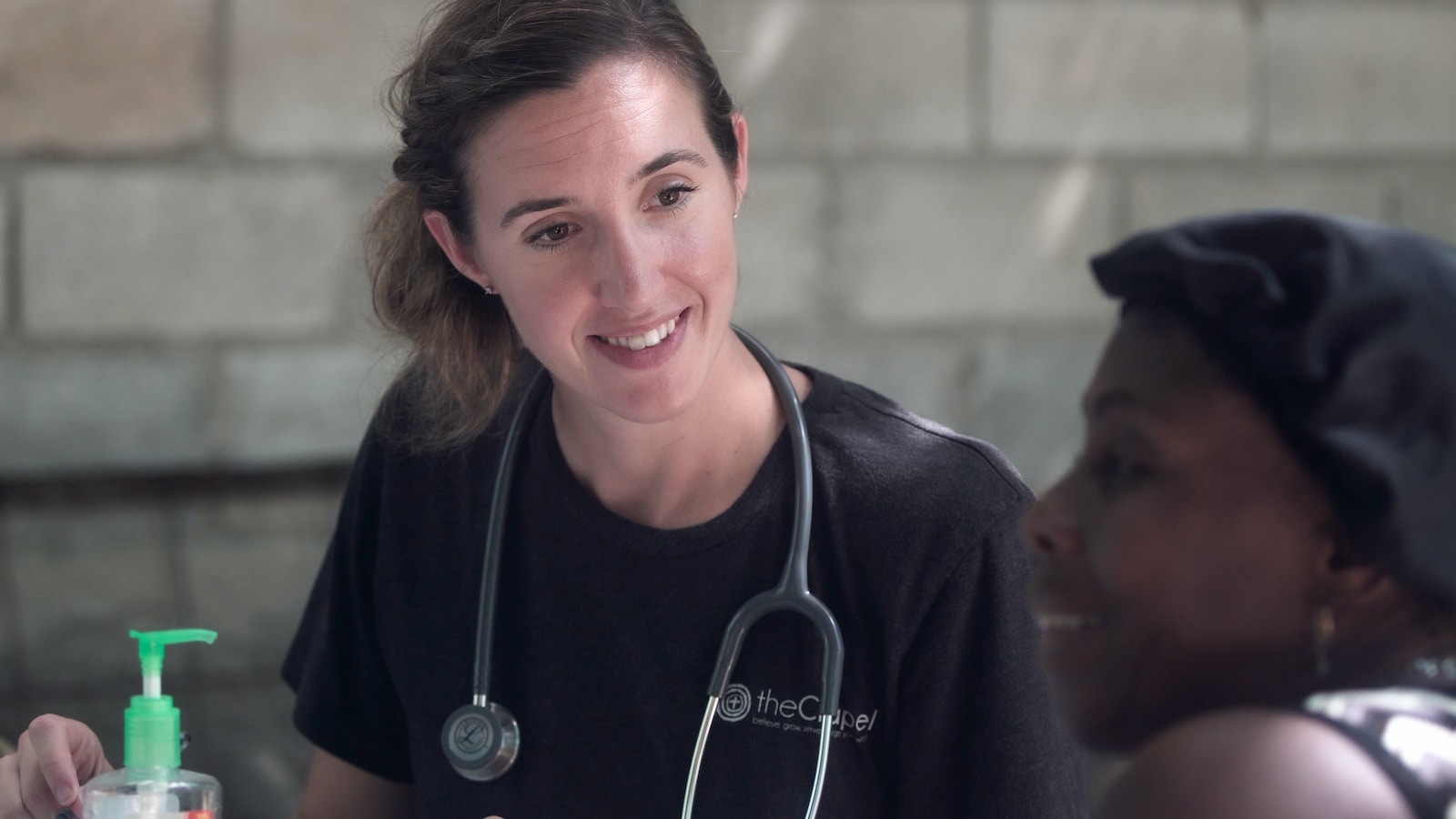In this article, we will explore the importance of finding healthcare solutions that bridge the gap for vulnerable communities.
Healthcare disparities in vulnerable communities continue to be a pressing issue that needs urgent attention. Access to affordable healthcare is essential for the well-being of individuals in these communities. On the mission to end poverty in all its forms, adequate healthcare plays an important role.
Understanding the Needs of Vulnerable Communities
Vulnerable communities, often characterized by low-income populations, face numerous challenges when it comes to accessing healthcare. Factors such as limited financial resources, lack of health insurance, and inadequate healthcare infrastructure contribute to healthcare disparities in these communities. The impact of limited access to healthcare is detrimental, leading to delayed diagnoses, untreated conditions, and poorer health outcomes.
Examining Community Health Centers
Community health centers play a crucial role in providing affordable healthcare solutions to vulnerable communities. These centers are strategically located in underserved areas and offer a wide range of primary healthcare services. From preventive care to chronic disease management, community health centers cater to the diverse needs of the community. They often operate on sliding fee scales, ensuring that individuals pay based on their income.
Bringing Healthcare Solutions to vulnerable Communities
Successful community health center models have been implemented across the world. In rural areas, mobile health clinics bring healthcare services directly to the community. In urban areas, community health centers collaborate with local organizations to address the specific needs of vulnerable populations. These centers serve as a lifeline for individuals who would otherwise struggle to access healthcare.
Low-Cost Medical Interventions
Low-cost medical interventions play a significant role in addressing healthcare disparities in vulnerable communities. Preventive care and early intervention are key focus areas to improve health outcomes. By promoting regular check-ups, screenings, and vaccinations, low-cost medical interventions help prevent the progression of diseases and reduce the need for costly treatments.
Examples of low-cost medical interventions include community-based health education programs, telemedicine services, and affordable generic medications. These interventions have been successful in addressing common health conditions such as diabetes, hypertension, and obesity. In vulnerable communities, where financial constraints often limit healthcare options, these low-cost interventions provide much-needed relief.
Collaboration and Partnerships for better Healthcare Solutions
Addressing healthcare disparities requires collaboration between healthcare providers, organizations, and the community. By working together, these stakeholders can pool resources, knowledge, and expertise to develop effective solutions. Building partnerships with local community organizations, government agencies, and non-profit entities strengthens the collective impact on healthcare outcomes.
Meanwhile, successful collaborations in healthcare have been observed in various initiatives. For instance, partnerships between hospitals and community organizations have led to the establishment of healthcare clinics within schools, providing accessible care for students. Collaborative efforts between healthcare providers and social service agencies have also been instrumental in addressing social determinants of health, such as housing and food insecurity.
Empowering Vulnerable Communities Through Education
Education plays a vital role in empowering vulnerable communities to take charge of their healthcare. Sustainable development online courses offer a unique opportunity for individuals working in healthcare and pharmaceuticals to upgrade their skills and knowledge in sustainability, a crucial aspect of addressing healthcare disparities.
By enrolling in sustainable development online courses, professionals can gain insights into sustainable healthcare practices and learn innovative strategies for resource management, waste reduction, and energy efficiency. These skills can be applied in healthcare settings to create sustainable solutions that benefit both the environment and vulnerable communities.
Upgrading sustainability skills can lead to improved healthcare outcomes for vulnerable populations. Professionals who understand the importance of sustainable practices can implement cost-effective measures, reduce healthcare waste, and ensure equitable distribution of resources.
Real-World Examples of Healthcare Solutions for Vulnerable Communities
Let’s take a closer look at some real examples of projects and initiatives that have successfully bridged the healthcare gap for vulnerable communities:
Project Healthy Neighborhoods – Boston, Massachusetts
In an effort to address healthcare disparities in underserved urban neighborhoods, the Project Healthy Neighborhoods initiative was launched. This collaborative project involves partnerships between local hospitals, community organizations, and public health agencies. The initiative focuses on providing comprehensive healthcare services, health education, and social services directly within the community. By embedding healthcare clinics within community centers and schools, the project ensures that residents have easy access to primary care, preventive services, and wellness programs.
Telemedicine for Rural Areas – Rajasthan, India
The Indian state of Rajasthan faces significant challenges in providing healthcare to its remote rural areas. To address this issue, a telemedicine project was implemented, connecting remote villages with healthcare professionals through telecommunication technologies. Using mobile clinics equipped with telemedicine equipment, villagers can consult doctors and specialists located in urban centers without having to travel long distances. This approach has led to early diagnosis and treatment of various health conditions, ultimately improving health outcomes for the rural population.
Healthy Food Access Program – Philadelphia, Pennsylvania
Lack of access to healthy, affordable food is a common issue in vulnerable communities. In response, the Philadelphia Department of Public Health partnered with local grocery stores and farmers’ markets to launch the Healthy Food Access Program. This initiative provides financial incentives to participating stores to offer fresh produce and nutritious foods at lower prices. By making healthier food options more accessible and affordable, the program addresses underlying factors contributing to poor health outcomes, such as obesity and diet-related diseases.
Mobile Dental Clinics – Remote Indigenous Communities, Australia
Remote indigenous communities in Australia often struggle to access dental care due to geographical isolation. To address this challenge, mobile dental clinics have been introduced in collaboration with local healthcare agencies and dental professionals. These clinics travel to remote communities, providing dental check-ups, cleanings, and treatments. By bringing dental care directly to the communities, this initiative has improved oral health and reduced the prevalence of dental issues among indigenous populations.
Community Health Worker Programs – Sub-Saharan Africa
In regions with limited healthcare infrastructure, community health worker programs have proven to be effective in delivering essential healthcare services. These programs train local individuals to provide basic medical care, health education, and preventive interventions within their communities. In sub-Saharan Africa, organizations like Partners In Health have established successful community health worker programs that contribute to improved maternal and child health, infectious disease management, and overall health awareness.
These real-world examples highlight the diverse approaches and innovative solutions that have been implemented to bridge the healthcare gap for vulnerable communities. By addressing the unique challenges faced by each community and leveraging partnerships, technology, and community engagement, these projects have made significant strides in improving healthcare access and outcomes.
Conclusion
In summary, Healthcare solutions that bridge the gap for vulnerable communities are essential to address healthcare disparities effectively. Community health centers, low-cost medical interventions and sustainable development education all play vital roles in improving healthcare outcomes for vulnerable populations. Professionals working in healthcare and pharmaceuticals have a unique opportunity to upgrade their sustainability skills through online courses. This will help them make a significant impact on the well-being of vulnerable communities. We can create a future where affordable healthcare is accessible to all. Let’s join forces and implement new innovative solutions.













